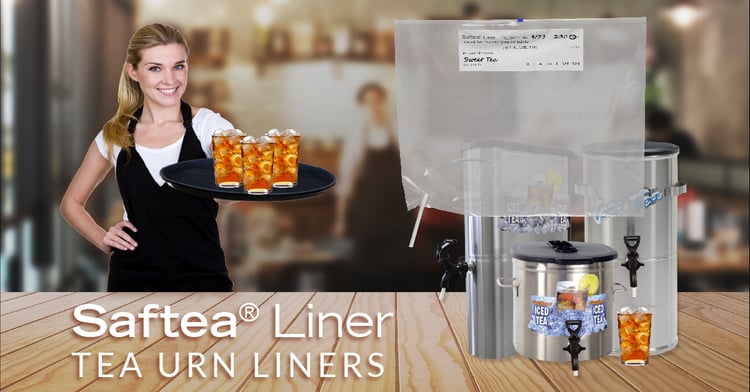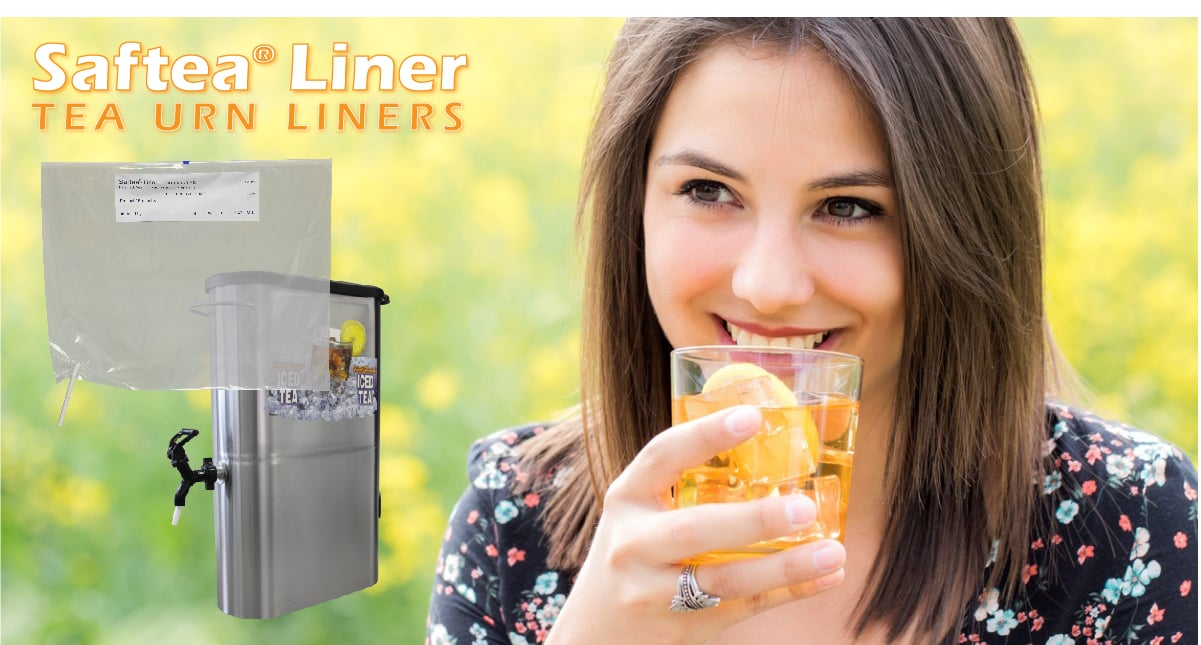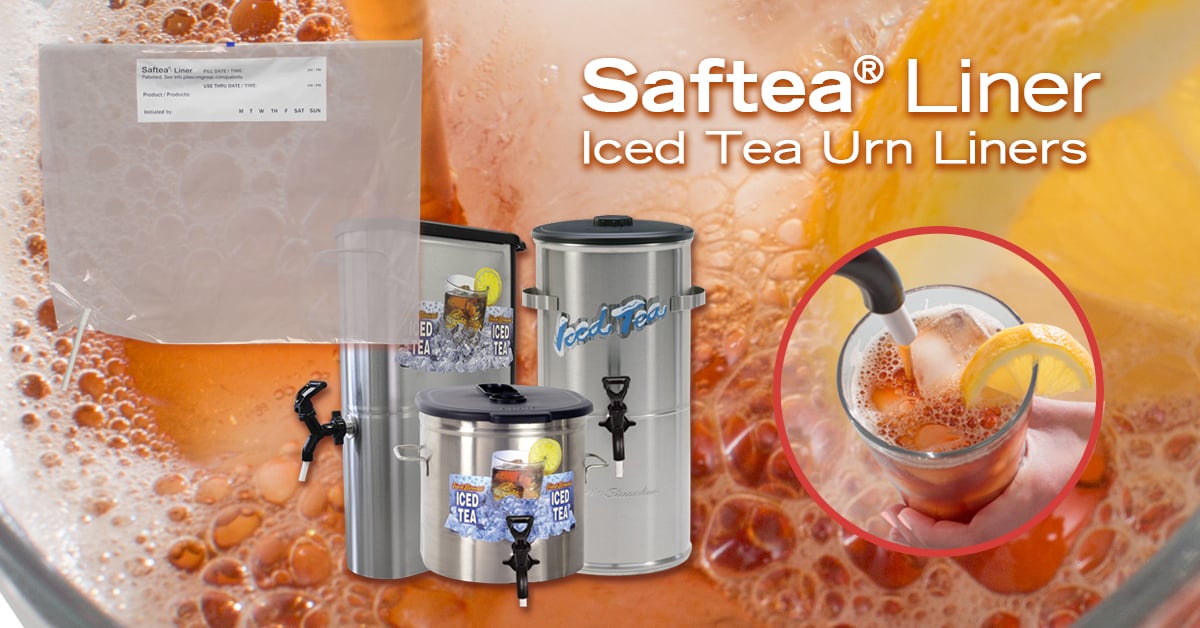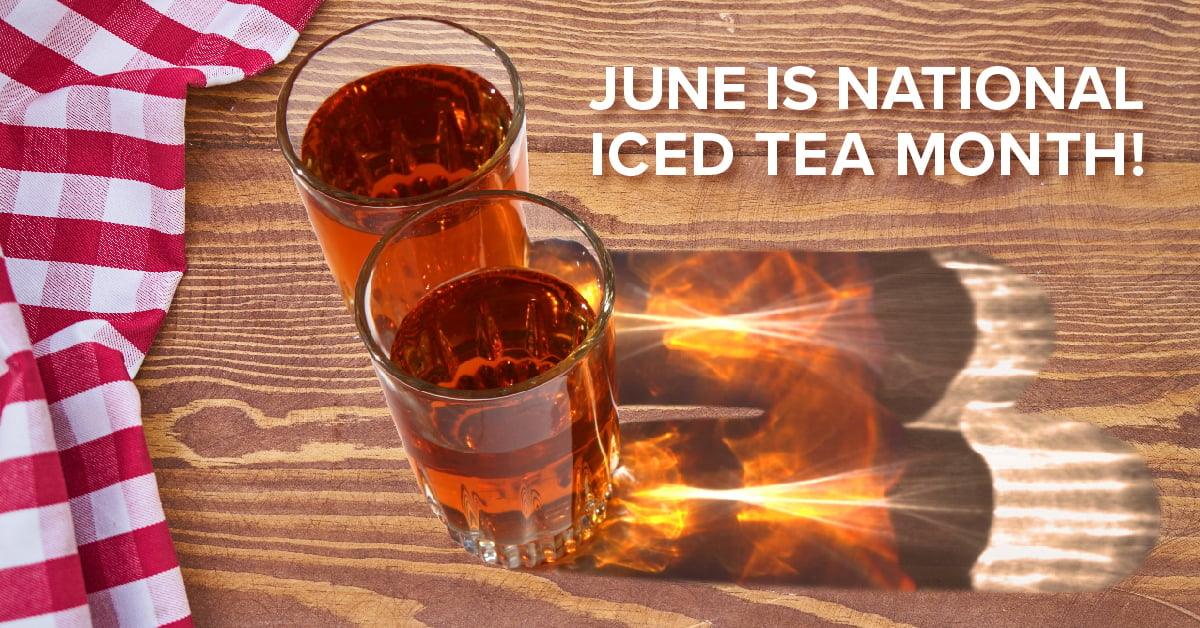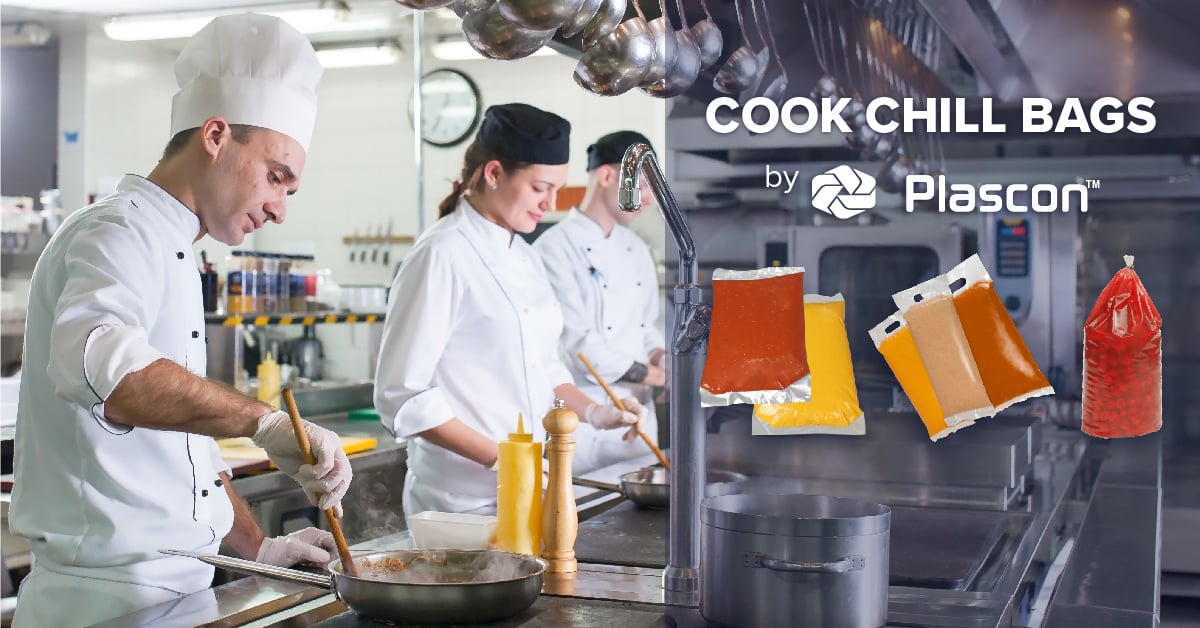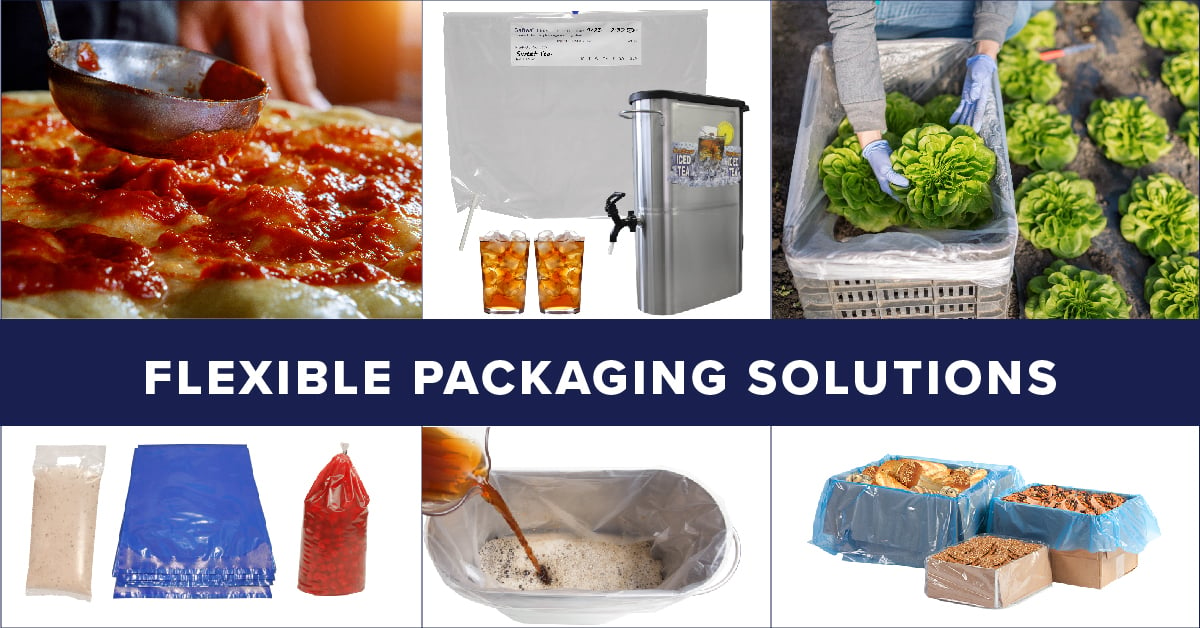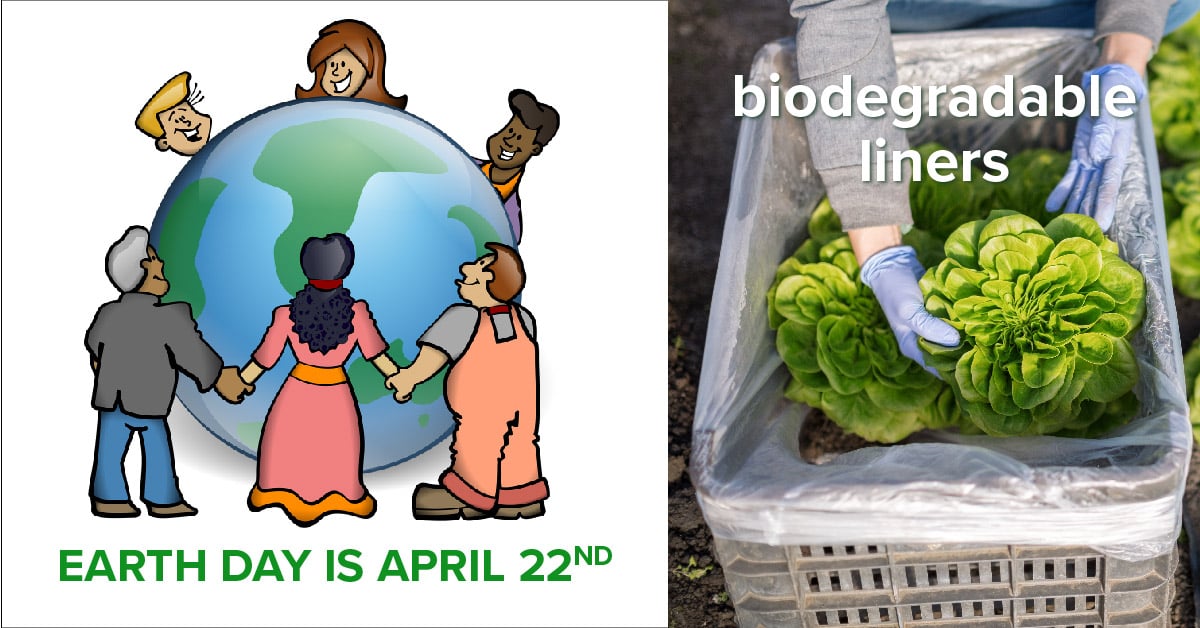What Can You Do With Used Tea Leaves?
We all know drinking tea (hot or iced) has some amazing health benefits, but did you know you can repurpose the tea leaves for other everyday uses? Here are the unexpected ways tea leaves can be reused in household and personal care.
Household Uses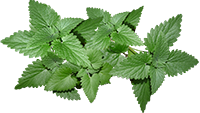
Cooking
Tenderize Meat Prior to Cooking: Marinating the meat in cooled brewed tea before cooking makes the meat more tender and easier to digest. Use black tea for an enhanced taste and add your favorite seasonings!
Cleaning
Clean Windows and Mirrors: Brew a pot of tea, cool it down and dip a cloth in the liquid, wiping the mirrors and windows, then use a dry cloth to ensure a perfect shine.
Clean carpets and rugs: Apply dry, used green tea leaves directly on your carpet or rug and allow them to release their active compounds for a couple of minutes. Vacuum the leaves and your carpets will look fresher and cleaner.
Polish Furniture or Floors: The high amounts of tannins found in tea are known to enhance the color and shine of wood flooring. To clean the furniture, dip a soft cloth in black tea and wipe it normally. To restore the shine and color of the wood floor, dip a cloth with brewed tea and rub it against the floor, but make sure to remove the excess liquid before applying the cloth on the wood flooring. Clean the surface normally and then let it air dry.
Gardening
Fertilize Plants: The tannins in tea provide nutrients for plants and flowers. Spread used tea leaves around the plants and flowers if they like acidic soil.
Clothing
Fabric Dyeing: Using tea to dye fabrics is natural and inexpensive. The colors produced are earth-tones, varying shades of beige, taupe and brown depending on what type of tea leaves you use.
Personal Care Uses
Health
Relieve Tired Eyes: Apply wet teabags on your eyes to help reduce puffiness and soothe pain. If you do not have the time to brew the tea and wait for the teabags to cool before applying them on your tired eyes, you can use unbrewed teabags in the freezer for 1 minute, then apply them on your eyes.
Soothe Burns and Blisters: Wet teabags or tea baths can replace sunburn creams for soothing the pain of sunburns. Canker sores and fever blisters heal faster if covered with warm teabags, and razor burns can also be relieved by applying wet tea bags on the damaged skin.
Reduce Pain and Swelling from Injections: Place a wet, used teabag on the injection site after receiving an injection to reduce the discomfort and swelling of an injection and speed up recovery.
Improve Oral Health: For bleeding gums, place a cooled teabag in the mouth, and wait for a couple of minutes. It should stop the bleeding and reduce the discomfort as well. To refresh your breath, drink peppermint tea. It removes unpleasant smell and contains menthol which acts as a natural antiseptic, relieving mild toothaches.
Beauty
Rejuvenate Your Skin: Use brewed tea as a skin toner. It will look smoother and radiant, as tea is known to calm redness, help in removing acne spots, relieve irritation and inflammation, reduce the swelling and restore the even coloration of skin.
Restore Your Hair and Scalp: Tea is an excellent treatment for hair. If you suffer from increased scalp and hair dryness, freshly brewed and cooled tea can be an good vehicle for hydrating and conditioning the hair and scalp. Rinse your hair with the cooled tea and allow it to dry naturally.
Now that we have explored alternative uses for tea, you will likely want to test these applications for yourself. Moist tea bags can be kept for one day at room temperature, up to a week if refrigerated, and nearly indefinitely when re-dried properly.
This is only a small selection of the vast variety of uses for tea. Have you tried any of the ideas on this list or any other eco-friendly ways to use and reuse tea? Share your favorite with us in the comment section!
Are you a restaurant or convenience store owner or manager who serves iced tea? Then you know how difficult it is to clean those commercial grade tea urn dispensers! Learn how Saftea® Liner can save time and labor by taking the scrubbing, and cleaning chemicals out of the equation. Use Saftea® Liner inside your tea urns to provide a hygienically superior system to serving your iced teas. Consistent, fresh tasting tea will make your patrons happy and come back for more! Get your FREE 7-day supply of Saftea® Liners and try it out!
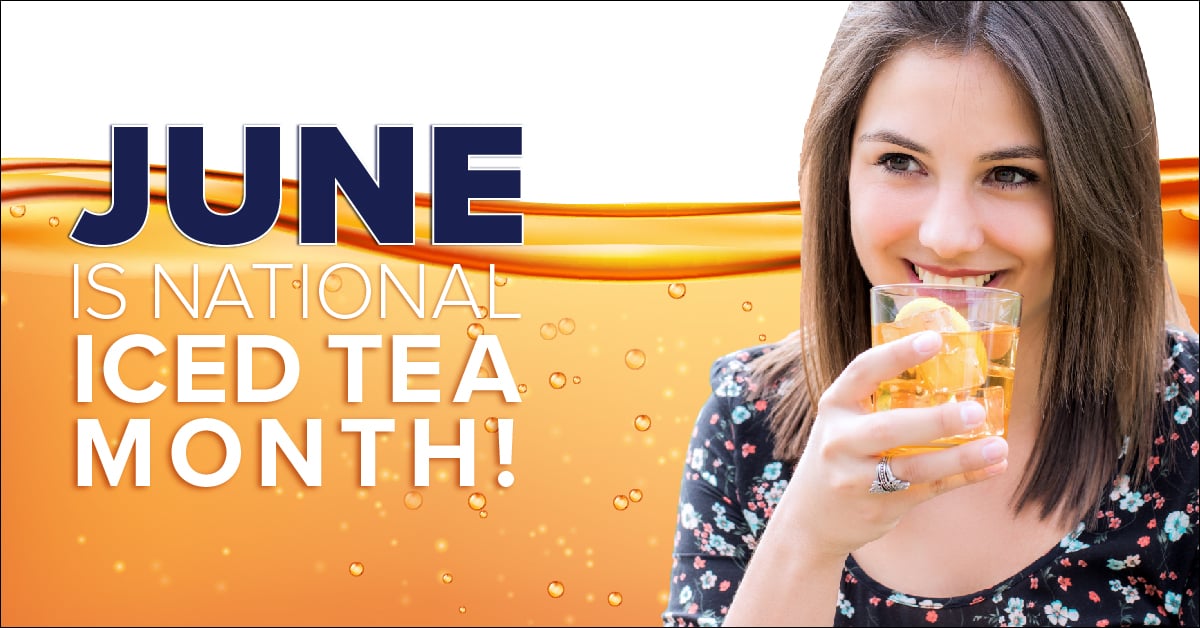
 On National Iced Tea Day June 10th 2016, Summerville, SC held a “Record-Smashing Tea Party” in which the town unveiled a massive Mason jar, filled with 2,524 U.S. gallons of iced tea and successfully broke the record. The ginormous sweet tea was brewed using 210 pounds of loose leaf tea and 1,700 pounds of sugar. Sweet iced tea is a staple in the American south. Summerville declares itself to be the “Birthplace of Sweet Tea,” after a discovered provision list from the 1800s included large quantities of sugar and tea acquired from the town. Since then, the town has set up a “Sweet Tea Trail,” where visitors can enjoy the delicious beverage while strolling along a chosen path of local shops. Refusing to be conquered,Summerville successfully reclaimed and still holds the title for the largest iced tea drink with a colossal jar of the savored drink.
On National Iced Tea Day June 10th 2016, Summerville, SC held a “Record-Smashing Tea Party” in which the town unveiled a massive Mason jar, filled with 2,524 U.S. gallons of iced tea and successfully broke the record. The ginormous sweet tea was brewed using 210 pounds of loose leaf tea and 1,700 pounds of sugar. Sweet iced tea is a staple in the American south. Summerville declares itself to be the “Birthplace of Sweet Tea,” after a discovered provision list from the 1800s included large quantities of sugar and tea acquired from the town. Since then, the town has set up a “Sweet Tea Trail,” where visitors can enjoy the delicious beverage while strolling along a chosen path of local shops. Refusing to be conquered,Summerville successfully reclaimed and still holds the title for the largest iced tea drink with a colossal jar of the savored drink.